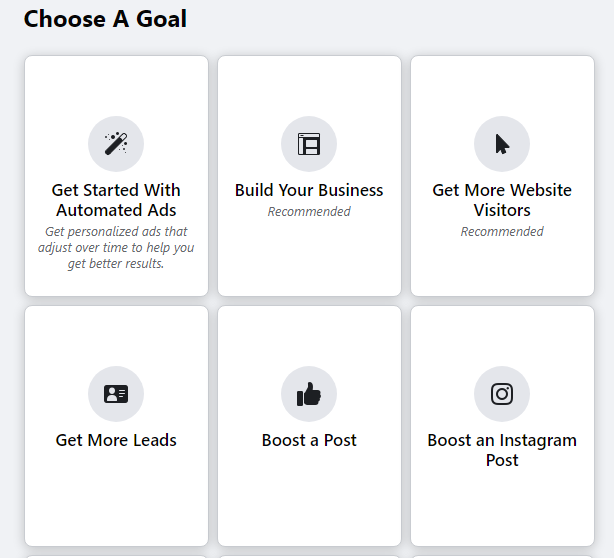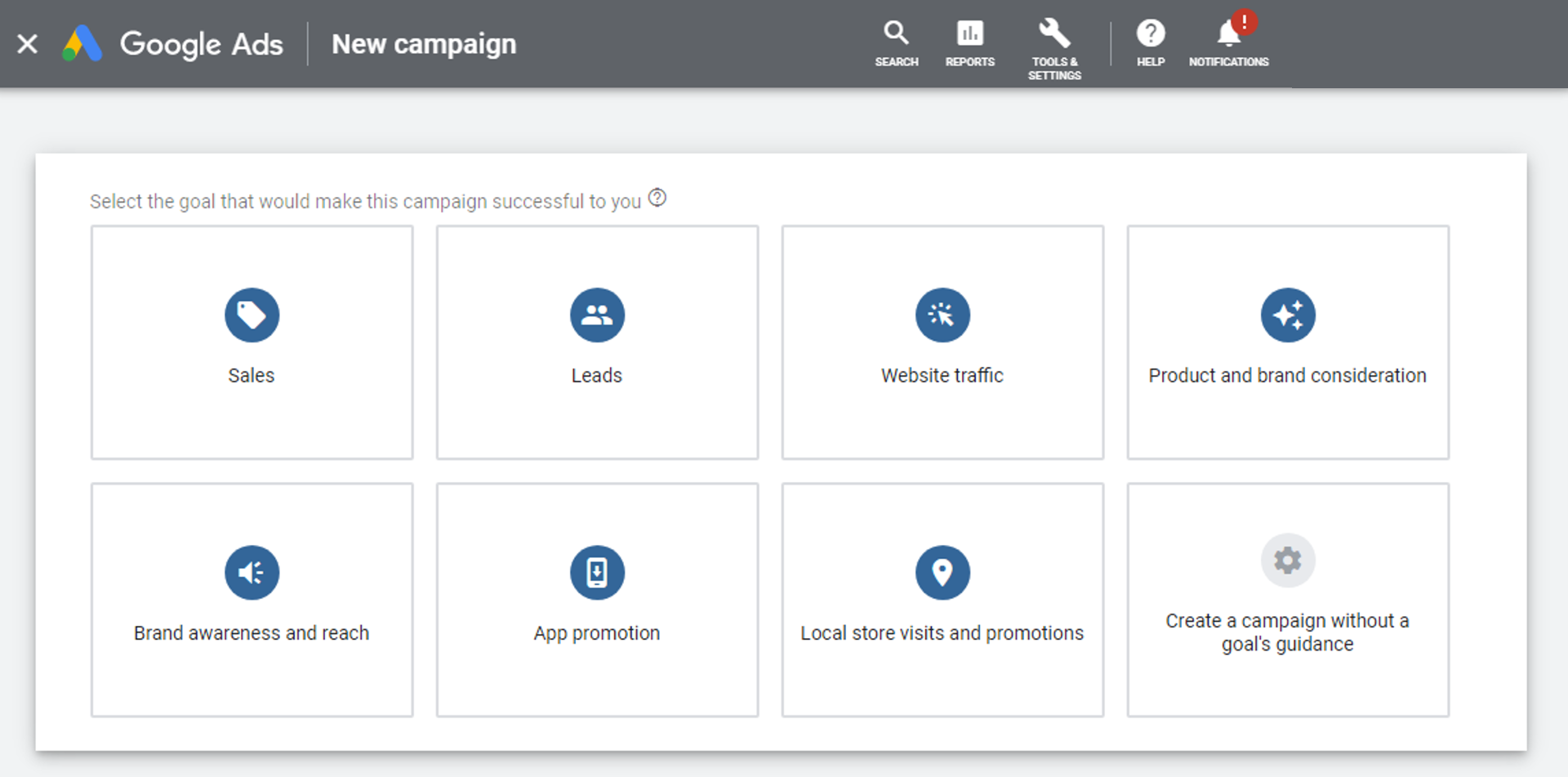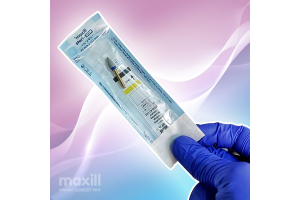Digital Advertising in Dentistry

Facebook, Youtube, Instagram, Google Business, LinkedIn, Pinterest, Reddit, TikTok, Snapchat.....there’s no shortage of platforms you can reach new potential clients on, but which ones will be the most valuable to your practice and where are your marketing dollars best spent?
In this blog post we’ll give you a general overview of the paid advertising options available to your dental practice and which ones have the greatest upside!
Facebook Advertising
Let's start with Facebook, the second biggest social network, and the one you’re probably most familiar with.
Over the last decade Facebook has been collecting loads of your data, and likely most of your patients’ data (in 2020 64% of Canadians have a facebook profile).
Facebook Ads lets you tap into this data to find your next customer.
The power of Facebook ads lies in their ability to specifically target a Facebook user by creating audience profiles.
You choose your audience and serve them your ads.
For instance, if you only want to serve ads to people in your postal code, you can do that!
You can also target users based on age, gender, language, connections on facebook, interests, and behaviours.
Think about where your new patients are most likely to come from and target them through Facebook ads.
Let's suppose my dental office specializes in dentures ... it wouldn’t make much sense to advertise to people aged 18-30, so instead I’d elect my ads to be viewed by people who are:
- Aged 65+
- English/French Speakers
- Middle Class
- Within 5km of the office
- Searching the term "dentures near me" on Google
Now let's compare a targeted facebook ad with a billboard or an ad in the newspaper.
The only targeting criteria for viewing those ads would be if they happen to drive by or flip the page.
Don’t forget, the ad also sorts out people aged 18-30 so none of your ad spend is wasted on irrelevant audiences.
Facebook ads offer its advertisers to pay-per-click (PPC) and/or to pay per 1000 impressions (CPM).
When purchasing PPC ads you only pay once someone has clicked your ad and visited your site.
If no one clicks your ad, it is shown for free.
When purchasing CPM ads, you pay a set price (per 1000 impressions) to show your ads to users, whether they click on them or not.
An impression is counted every time an ad is present on a user’s screen for the first time.
Another benefit of PPC is that you can set the value of how much you’re willing to pay per click.
The ability to show ads to people that fit a certain profile cannot be understated.
Industry Insight: According to Digital 2020 the number of households without cable TV will surpass those that do by 2024.
Furthermore, in the past four years, there has been a 66% increase in people aged 65+ discovering new brands through social media.
Facebook is already popular amongst baby boomers and the trend is expected to continue.

Instagram Advertising
Instagram advertising takes place on Facebook Business Suite.
Instagram users heavily overlap with Facebook users but not entirely.
With nearly identical systems and tools as Facebook ads, instagram stands out due to the ability to reach younger generations.
Very broadly speaking, older social media users tend to spend more time on facebook than Instagram, while millennials spend more time on Instagram.
Google Ads
That brings us to Google Ads, which can be equal or more powerful than Facebook ads.
Google has most of the same targeting features with the added bonus of searcher intent.
Searcher intent is when someone opens Google and types in “emergency tooth repair”, there is a good chance they are looking to purchase emergency dental services.
Google Ads always follows the PPC model except for campaigns that run exclusively on Google’s display network where advertisers pay per 1000 impressions.
With Google text ads, you pay for the ability to serve an ad to someone who is already searching for your service/product, and you don’t pay unless they look at your product.
Doesn’t that sound great?
Compare this with radio advertising, where everybody listening hears your ads whether they are in the market or not.
The advantage digital advertising has over traditional mediums is the ability to show your message to people interested in hearing it.
Furthermore, Google allows you to retarget or remarket your dental services to a person who has already been to your site.
You’re probably familiar with the experience of searching something on Google only to have related products show up as ads on other websites you’re browsing.

Youtube Advertising
Similar to Google, YouTube is a strong option when it comes to paid media advertising.
YouTube, being owned by Google is privy to the same data and algorithms that Google uses.
When advertising on YouTube, you pay per one thousand impressions (CPM).
What sets YouTube ads apart is the ability to show engaging video ads to your prospective clients.
For example, assume you’ve just developed a new protocol for infection prevention and control and now you would like to show off your new procedures on camera to create patient trust.
A paid ad shown only to a segmented audience on YouTube could be your best bet.
For short clips, Facebook, Instagram reels and TikTok may be better suited depending on your desired audience.
TikTok Advertising
Lets turn our attention to TikTok, arguably the trendiest social platform these last few years.
Similar to Instagram, the power of TikTok lies in its capacity to reach a specific demographic, except instead of millennials its Gen Z.
On TikTok you’ll find similar segmenting tools like the ones used by the other websites.
TikTok has both PPC and CPM advertising options available.
Determining Your Audience And Medium
Advertising on different social networks will give you different results.
If you’d like to reach the older generation with infographics and stories, try Facebook.
If middle-aged high-income earners or businesses are your core demographic, perhaps a Google search campaign can reach them effectively.
If video or photos are your media of choice, Youtube or Instagram is a strong bet.
Maybe new millennial families are who you’re after, in that case look to Instagram & Youtube to find them.
If your goal is to advertise to people under 24, look no further than TikTok.
Where To Go From Here
Remember, you'll need some place for these advertisements to send people, so make sure whatever you set up (like a website or Facebook Business Page) has some reliable way for people to contact you.
And answer those messages, for heaven's sake!







